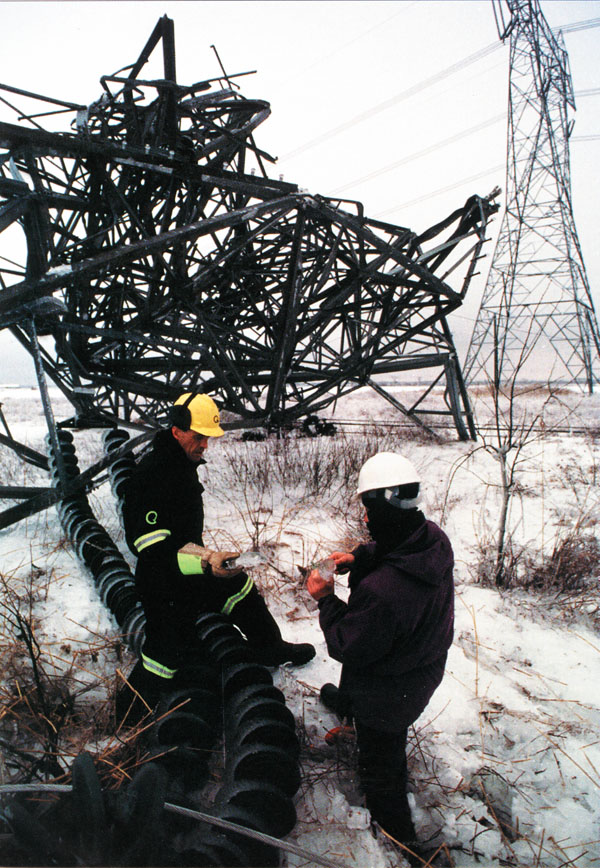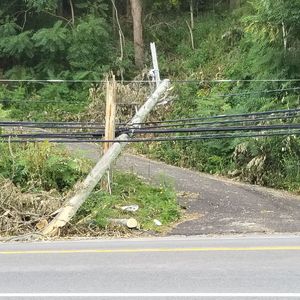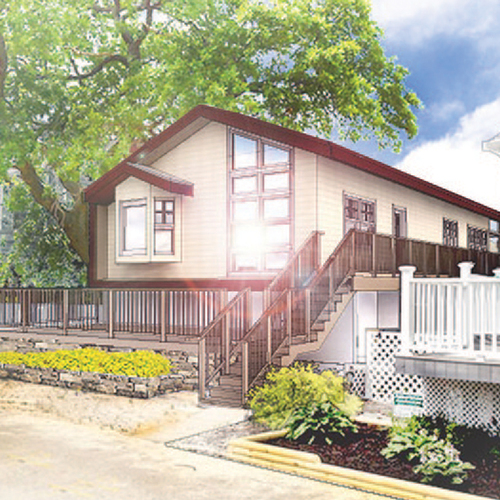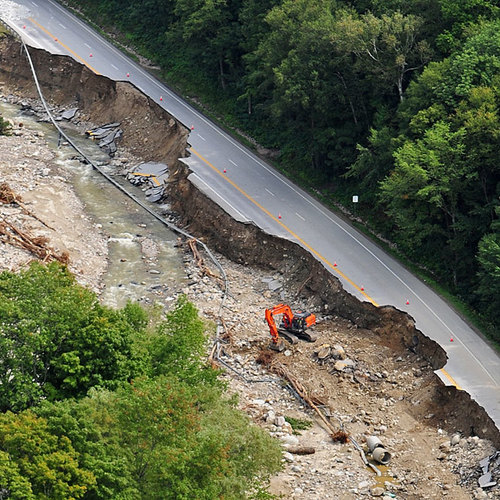
Image Credit: Hydro Quebec
Some 27 years ago, following a five-year stint as director of the Northeast Sustainable Energy Association (which was then based in Brattleboro), I launched my own company focusing on information about environmentally responsible design and construction. That company, now called BuildingGreen and with a staff of 18, remains a leading player in the green building world — a trusted source of information on green building products, the place to find objective news on happenings in the green building world, an independent voice on the U.S. Green Building Council’s LEED Rating System.
It’s a great place to work, and I’m thrilled to serve as executive editor at BuildingGreen and be able to research and write about all the cool stuff that our subscribers need to know. Nadav Malin has been doing a superb job at running the company since I handed the reins to him several years ago.
My shift away from company management at BuildingGreen has given me the space to focus on where we’re heading in the building industry and what sort of changes will be needed to solve the many challenges we face, led by climate change. My sabbatical last year, which I began with a contemplative 1,900-mile bicycle trip through the Southwest, provided an opportunity to delve deeply into this thinking.
What emerged was the need to find a new motivation for creating more sustainable, lower-impact buildings and communities. From what the climate scientists tell us, we’re simply not making rapid enough progress in slowing our consumption of carbon-dioxide-spewing fossil fuels, which are warming the planet. The motivation of “doing the right thing” isn’t driving change at a rapid enough pace.
Weekly Newsletter
Get building science and energy efficiency advice, plus special offers, in your inbox.
Bouncing back after storms, floods, and power outages
In light of this, BuildingGreen and I have launched the Resilient Design Institute (RDI). Resilience is the ability to bounce back from a disturbance or interruption, whether from an intense storm, flood, drought, wildfire, extended power outage, or shortage of heating or transportation fuel. Some of these interruptions have their origins in nature (“acts of God”), while others could be caused by human actions, such as terrorism.
Resilient design addresses the collection of strategies and practices that can help keep us safe and secure in our homes and communities during and following such events.
While sustainability and green building are motivated by altruism (doing the right thing), resilient design is a life-safety issue. Many of the end-points are the same, but the motivation is a little different.
I believe that resilience can ultimately be a stronger motivation for building highly insulated buildings, creating walkable communities, and carrying out other actions that will help us maintain safe, livable conditions should we find ourselves without power for three weeks or if political strife in the Middle East results in shortages of gasoline or heating oil. We get the comfort and security, and in so doing, we get a cleaner environment and help to mitigate climate change.
Staying warm and ensuring access to drinking water
Resilience has a lot of components, including:
· Superinsulated, passive solar houses that will never drop below 45–50°F even after weeks of power outage or loss of heating fuel;
· Pedestrian-friendly and bicycle-friendly towns and cities that allow us to get around without cars;
· Access to fresh water, and an ability to use it frugally, should drought cause shortages or power outages prevent us from pumping it;
· Local food production that can help keep us fed should drought in the West cause crop failures or should diesel shortages limit trucking;
· Strong communities in which neighbors get to know each other and are able to rely on one another during times of emergency; and
· Healthy local economies that can weather recessions, perturbations in markets, and, ultimately, the inevitable transition from a growth economy to a steady-state economy.
Plans for the Resilient Design Institute
Our intent with RDI is to provide a go-to repository for information on all aspects of resilience, with a focus on practical solutions for achieving resilience in these various areas. Along with developing a comprehensive website with such information, we will produce fact sheets, handbooks, white papers, course curricula, and other resources.
We will hold symposia and retreats to delve into various aspects of resilience. Topics of such meetings could include metrics for measuring vulnerability and resilience, incorporating resilience into building codes, resilient agriculture practices, and strategies for boosting the biodiversity and resilience of ecosystems. Foundation support will be sought for such gatherings.
We hope to obtain foundation support for developing methodologies for assessing vulnerabilities and resilience of municipalities and institutions. Donations are welcome to aid in this effort! Secure donations can be made online by clicking on the “Donate” button (lower right side of any page on the website), or you can mail a check to the Resilient Design Institute.
Check out the RDI website
I encourage you to visit our website and give us some feedback. The website is new, but will expand over time. I’d love to hear your comments and recommendations. Send them to alex@resilientdesign.org.
Alex is founder of BuildingGreen, Inc and executive editor of Environmental Building News. He also recently created the Resilient Design Institute. To keep up with Alex’s latest articles and musings, you can sign up for his Twitter feed.















0 Comments
Log in or create an account to post a comment.
Sign up Log in